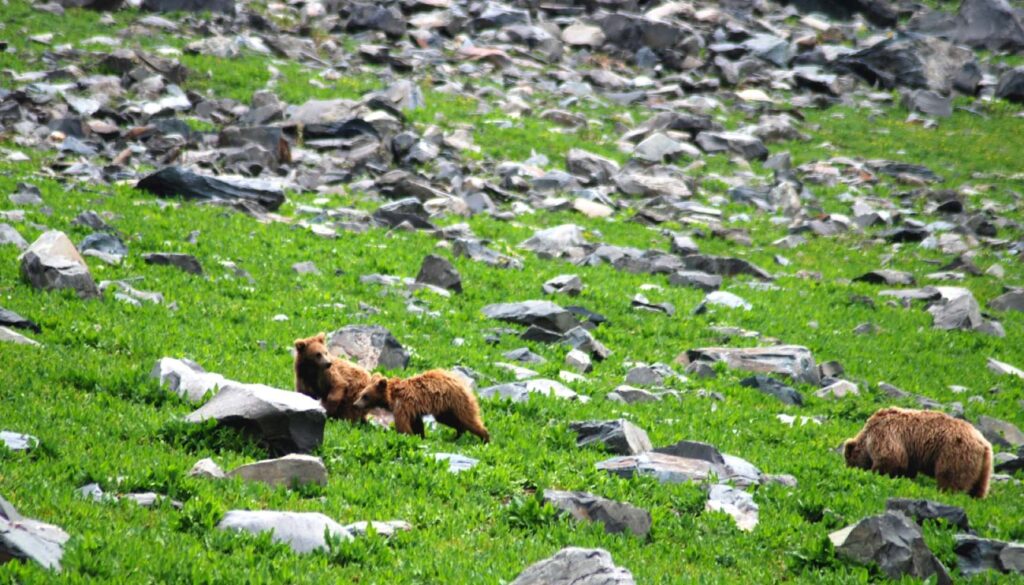India is home to some of the oldest national parks in the world, each boasting rich biodiversity and cultural heritage. These protected areas are conservation sanctuaries and havens for wildlife enthusiasts and nature lovers. From the dense forests of Jim Corbett National Park to the rugged terrain of Kanha National Park, the oldest national park in India offers a glimpse into the country’s natural splendour and commitment to preserving its ecological treasures.
Jim Corbett National Park
Situated in the Nainital district of Uttarakhand state, Jim Corbett National Park was formerly known as Hailey National Park. It was the first and the oldest national park in India when it was created in 1936 under the British Raj. The total area of Jim Corbett National Park is 201.1 sq mi (520.8 km sq). The national park has the largest concentration of tigers.

Kanha National Park
Kanha Tiger Reserve, also called Kanha-Kisli National Park was established in 1933 and gained national park status in 1955. In 1973, it became a tiger reserve. The second-oldest national park in India covers 360 sq mi (940 km sq). Kanha Tiger Reserve houses a large population of the Royal Bengal tiger, Indian leopard, sloth bear, ‘barasingha,’ and Indian wild dog. Rudyard Kipling’s ‘The Jungle Book’ is modelled after Kanha National Park.
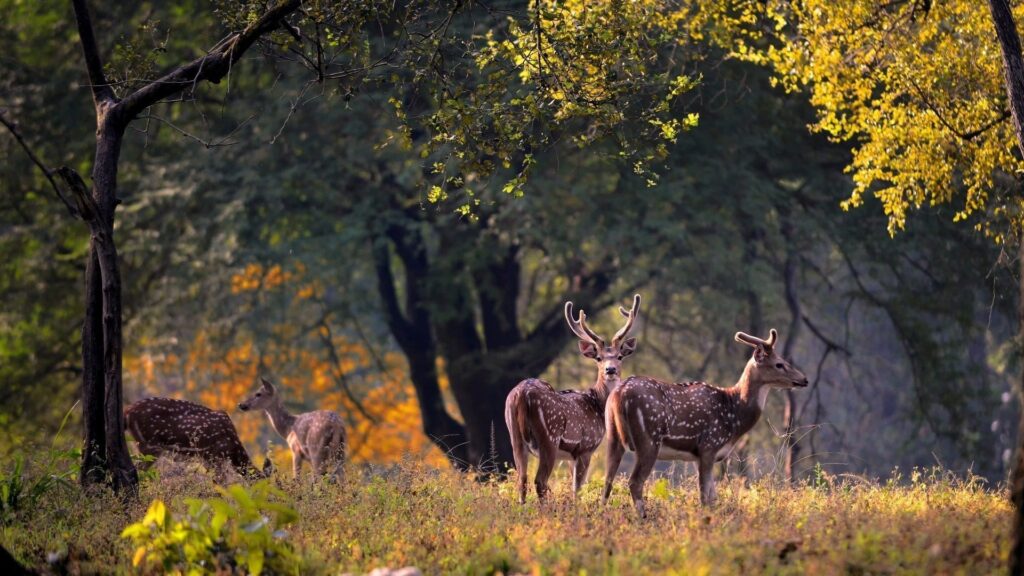
Tadoba National Park
Located in Maharashtra’s Chandrapur district is the Tadoba Andhari Tiger Reserve or Tadoba National Park was founded in 1955. The area of the national park is 241.5 sq mi (625.4 km sq). Tadoba National Park is well-known for its native woodland bird species, wild dogs, and sloth bears.

Madhav National Park
Madhav National Park is located in Madhya Pradesh’s Shivpuri district. It was initially recognized in 1956 and renamed Madhav National Park in 1958. It has a total area of 137 sq mi (354 km sq). Along with many migratory birds, Madhav National Park is home to antelopes like ‘Nilgai,’ ‘Chinkara,’ and ‘Chowsinga,’ as well as deer like ‘Sambar,’ Barking Deer, and ‘Chital.’ Additionally, the George Castle (Bankhade Kothi) is located there.
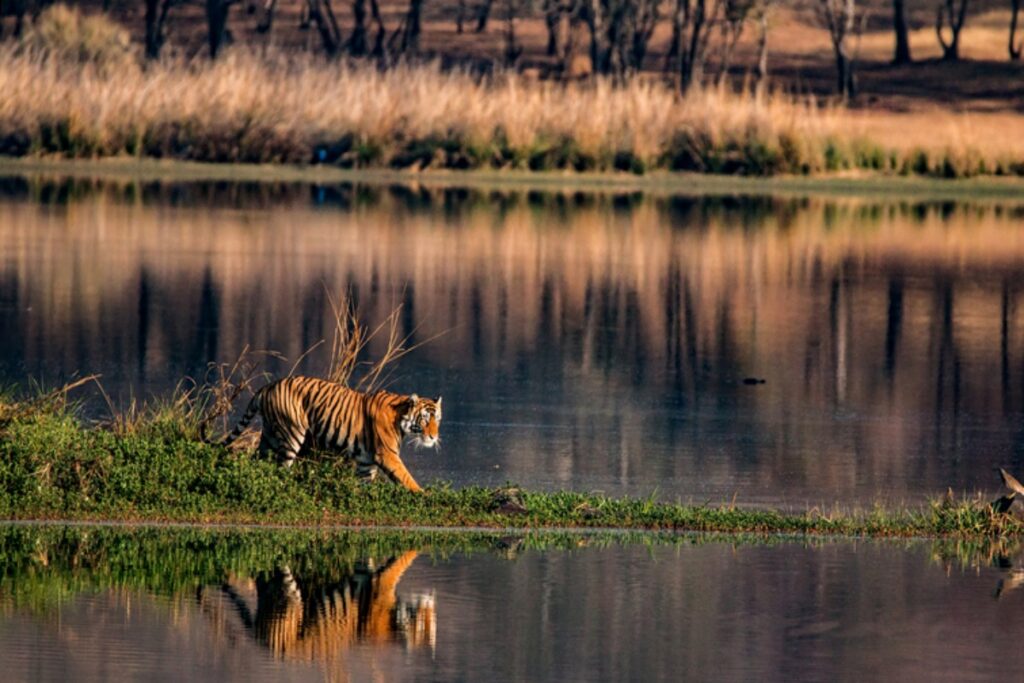
Gir National Park
Sasan Gir, also known as Gir National Park and Wildlife Sanctuary, is a wildlife sanctuary, national park, and forest in Gujarat founded in 1965. With a total area of 544.52 sq mi (1,410.30 km sq). Gir National Park is the Asiatic Lion’s only known habitat.
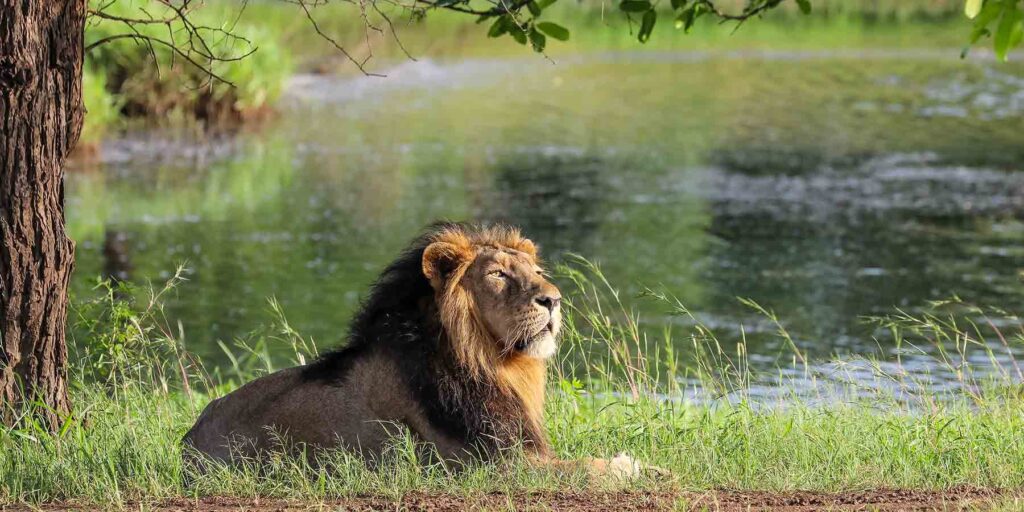
Bandhavgarh National Park
Located in Umaria, Madhya Pradesh, Bandhavgarh National Park covers 593 sq mi (1,536 km sq). It was first designated as a national park in 1968 and later changed to Tiger Reserve in 1993. Bandhavgarh National Park hosts large populations of Bengal tigers, striped hyenas, caracals, gaurs, sambar deer, nilgai, barking deer, and chital.
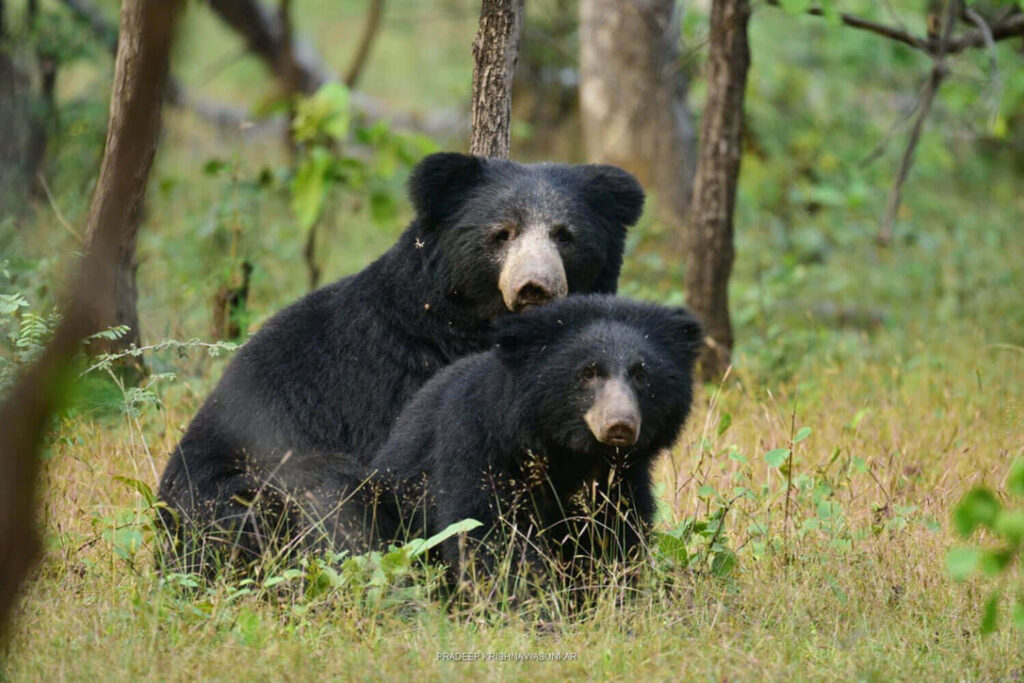
Bannerghatta National Park
Situated close to Bangalore, Karnataka, Bannerghatta National Park was established in 1970. The park was designated as a national park in 1974. The park is a hiking and trekking destination with historic temples for worship. Bannerghatta National Park covers 100.58 sq mi, or (260.51 km sq). The park has several attractions, including a zoo, a fenced forested elephant sanctuary, an aquarium, a children’s park, and a butterfly park.

Bandipur National Park
The Bandipur National Park covers an area of 335.38 sq mi (868.63 km sq). It is located in the Chamarajnagar district of Karnataka. It was created as a tiger reserve in 1974. Bandipur National Park has the largest population of wild elephants in South Asia and the second-highest tiger population in India.

Kaziranga National Park
Located in Assam’s districts of Golaghat and Nagaon is the Kaziranga National Park. Established in 1905, it was officially designated as a national park in 1974. UNESCO has designated the park as a World Heritage Site, home to two-thirds of all Indian rhinoceroses worldwide. Kaziranga National Park is known for its large swamp deer, wild water buffalo, and elephant breeding populations. It covers an area of 420 sq mi (1,090 km sq).
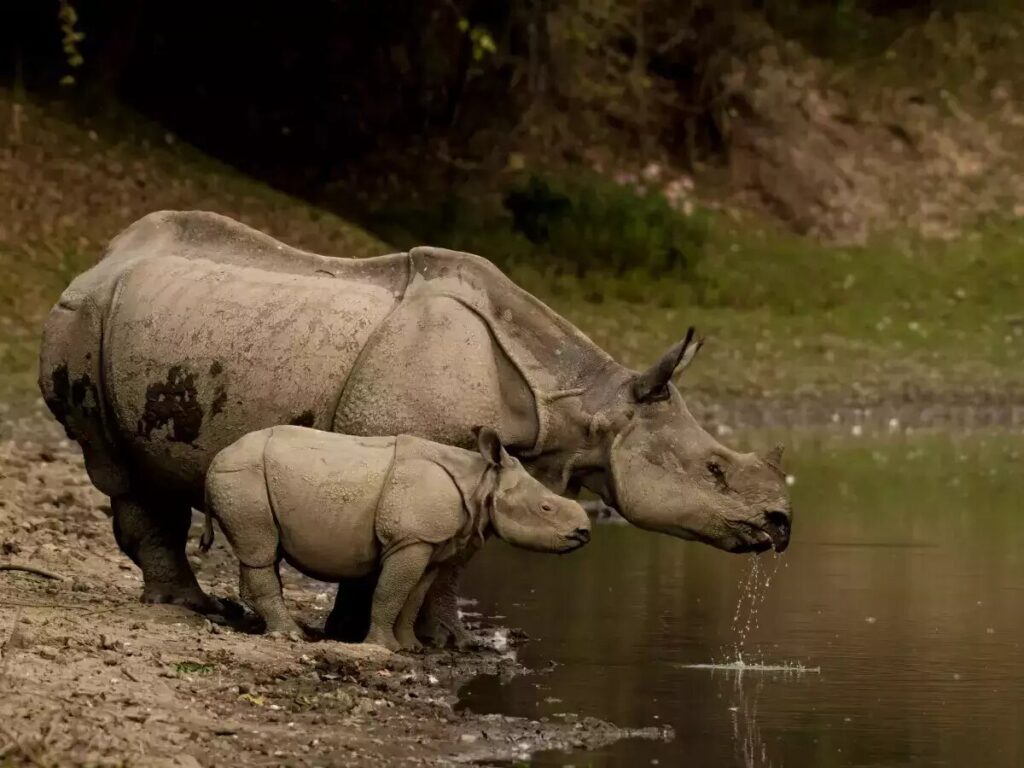
Gugamal National Park
Amravati, Maharashtra is home to Gugamal National Park, the tenth-oldest national park in India, established in 1974. It covers 646.2 sq mi (1673.9 sq km). Gugamal National Park is known for its exquisite Bengal tigers, sloth bears, Ussuri dholes, Indian jackals, striped hyenas, fishing cats, Indian leopards, ‘chausinga,’ ‘sambar,’ and more.
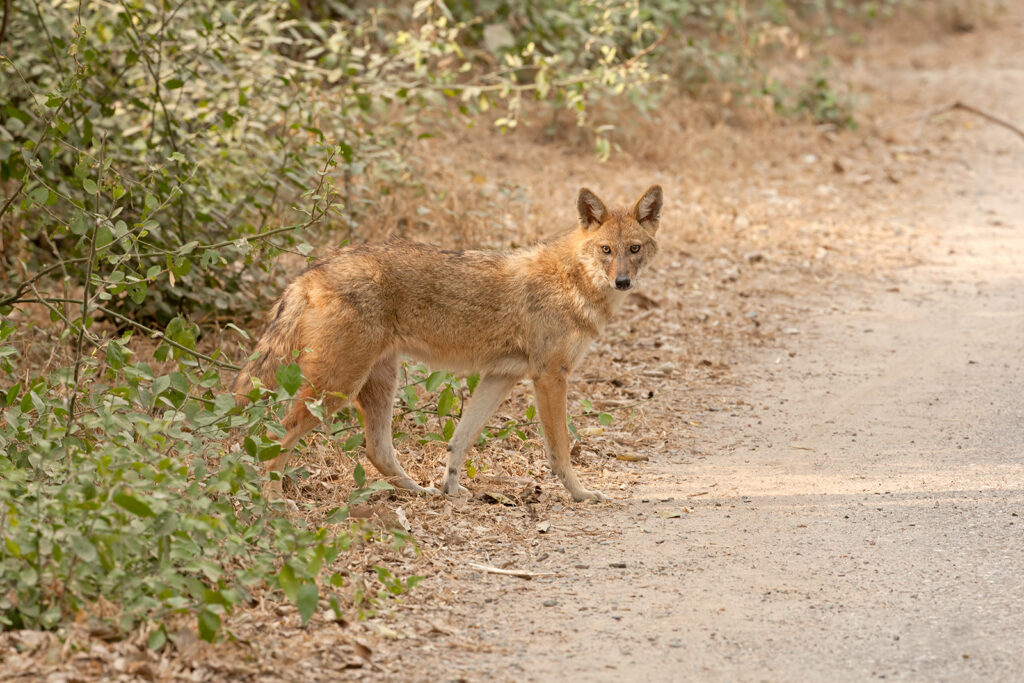
Image Courtesy – Revv
Attention Passengers: Now Reaching the Oldest Railway Stations in India

